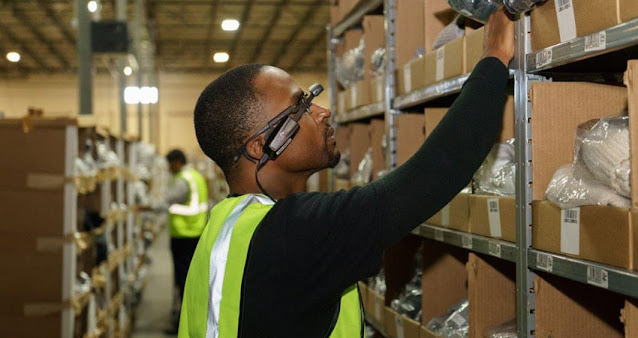That scene became the holy grail of augmented reality: in which a wearable or other device makes the person wearing it by disseminating information about objects in the vicinity in order to add immense value. Imagine going to a trade show and your glasses scanning passersby, providing name, title, company and a mini biography, and maybe more: a glimpse of what problem is keeping them up at night, what goal brought them to the trade show, and what they want to get out of the event.
By having this type of information through a wearable device, you would be able to have a more useful conversation with each person. Every attendee at the trade show spent big money to be there and is working on pressing problems that need to get solved. How they spend time on the trade show floor can make or break the success of their year.
Click here to continue reading this article.

Comments
Post a Comment